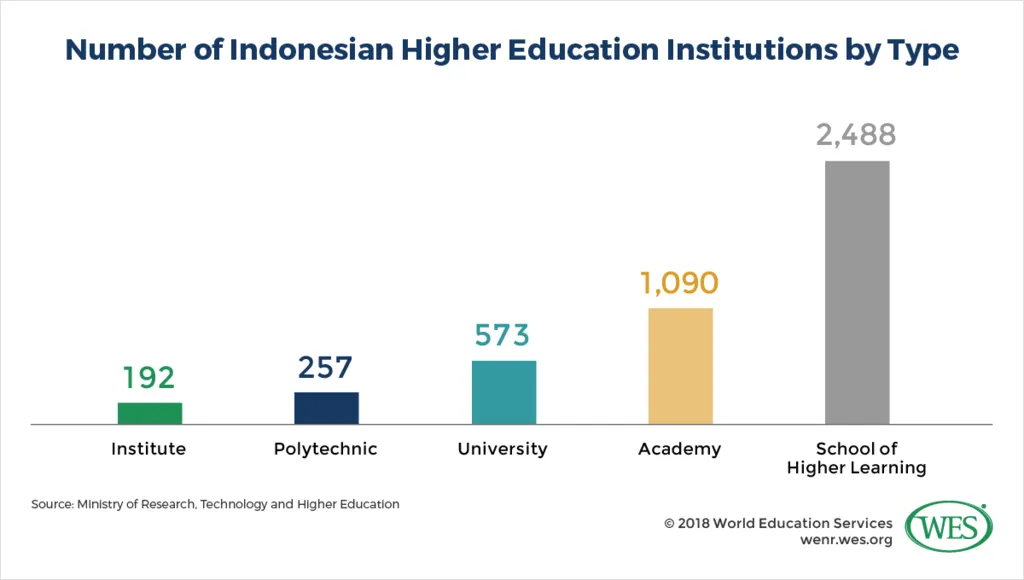Indonesia is undergoing a bold transformation in education. With over 61 million students and 5 million teachers, the country has the fourth-largest education system in the world. Implementing Indonesia Education Sector Reforms to such a massive system is no easy task, but not impossible. After all, it is essential for building a skilled, future-ready workforce.
One of Indonesia’s biggest achievements is access. As of 2015, the Net Enrollment Ratio for primary school reached 97%, showing near-universal participation in the nine-year basic education program. However, access is not enough.
A major challenge now is improving learning outcomes. According to the 2022 PISA results, more than 75% of 15-year-olds in Indonesia failed to meet minimum standards in math and reading. This alarming figure highlights the urgent need for reforming the nation's education system that goes beyond enrollment numbers and focuses on quality, relevance, and equity. Let's take a closer look!

Policy Innovation: Merdeka Belajar and Beyond
Launched in 2019, the Merdeka Belajar (“Emancipated Learning”) program is at the center of this transformation. It encourages flexible curricula, student-centered learning, and gives teachers greater autonomy. The aim is to move away from rigid, test-focused systems toward more adaptive and creative learning environments.
To support these efforts, the Partnership Compact with the Global Partnership for Education is aligning global and national resources to focus on foundational literacy, numeracy, and character development for all students.
Indonesia Education Sector Reforms: Revamping Vocational Training for the Future
Indonesia faces another major issue: skills mismatch. Many graduates from the current Technical and Vocational Education and Training (TVET) system struggle to find work. The system is supply-driven, often disconnected from real labor market needs.
Read Also: Indonesia Construction Workforce Development and Skill Gaps
This is especially concerning as more than 20 million jobs in Indonesia could be replaced by automation by 2030. At the same time, up to 46 million new jobs could be created, including 10 million in entirely new occupations.
To prepare for this shift, the government is implementing the National TVET Strategy, which makes vocational education more demand-driven and aligned with industry standards. It includes modern methods like Virtual Reality (VR) training and stronger partnerships with employers.
Building a Stronger Teaching Force
Quality education depends on quality teaching. To improve instruction, the government introduced the Teacher Professional Education (PPG) program. This initiative provides certification and continuous professional development, ensuring teachers can keep up with new teaching methods and technologies.
Making Learning Inclusive and Safe Through Indonesia Education Sector Reforms
Current reforms also focus on making schools inclusive and safe, especially for vulnerable students. Better governance, clearer assessment systems, and targeted support structures are helping ensure that no learner is left behind.
Read Also: Upskilling Indonesia’s Construction Workforce with Training
Indonesia Education Sector Reforms Are Preparing for the Future
Indonesia education sector reforms are ambitious, yet they are necessary. With strong policy direction, international support, and a focus on quality and relevance, Indonesia is laying the foundation for a more competitive, skilled workforce. As the country prepares for a digital and automated future, transforming education is not just a policy goal—it is a national imperative.






